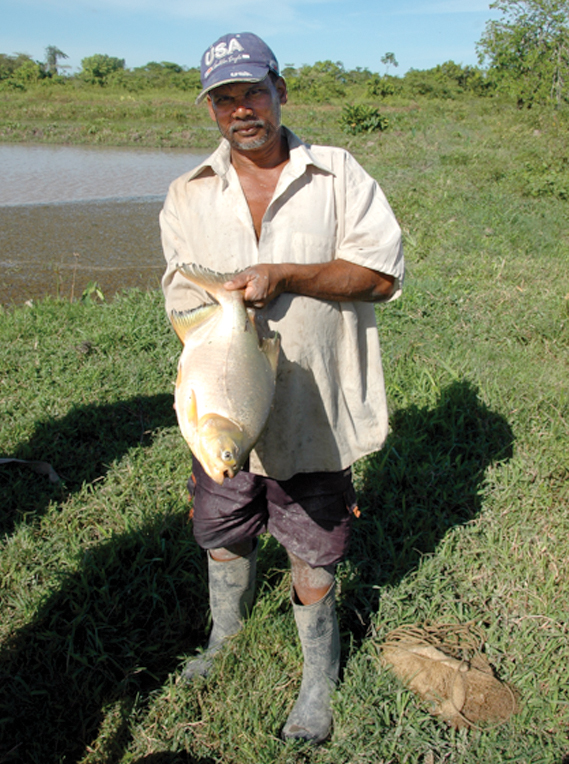
Health & Welfare
A look at aquaculture in Guyana
With its large quantities of water and little industry to pollute it, Guyana has the potential to become a greater player in global aquaculture.
Health & Welfare
Tilapia production in Asia focuses on either fresh whole fish or larger frozen whole fish or fillets, depending on farm size, cash flow and other factors.

Health & Welfare
With its large quantities of water and little industry to pollute it, Guyana has the potential to become a greater player in global aquaculture.
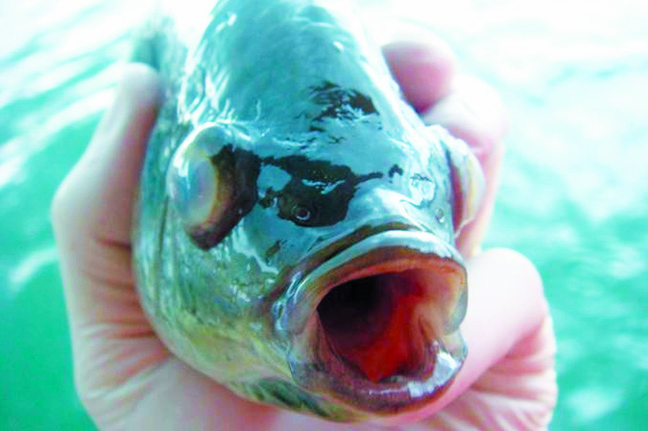
Health & Welfare
Tilapia infected with streptococcosis pathogens exhibit similar clinical signs, including lethargy, abnormal swimming and lack of appetite.
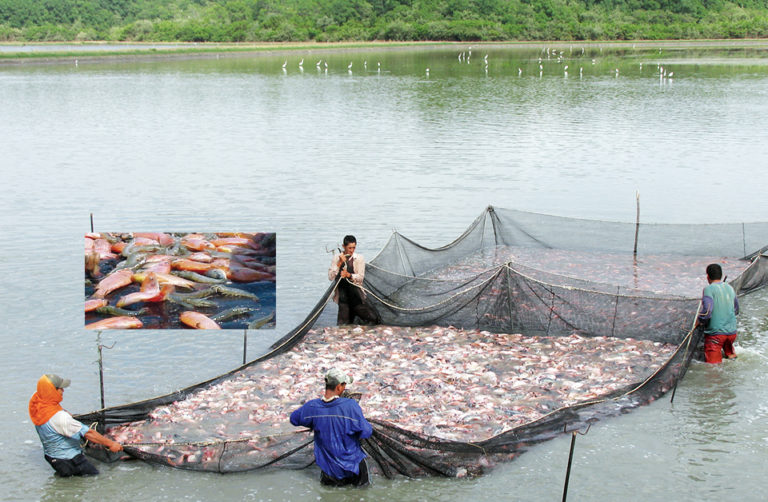
Intelligence
Tilapia culture in Ecuador is marked by vertically integrated companies that manufacture their own feeds and practice polyculture with Pacific white shrimp.
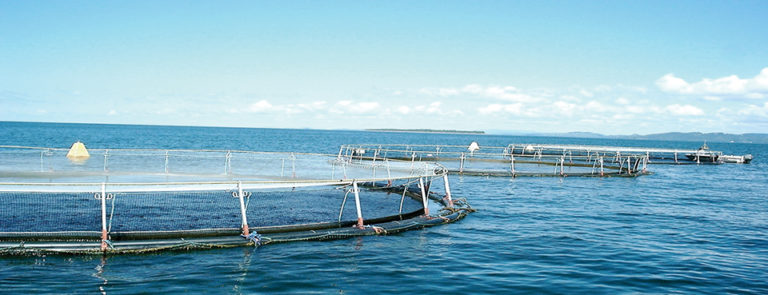
Responsibility
Lake Kariba, on the Zambia-Zimbabwe border, has no industry, few people, high-quality freshwater and an average year-round temperature of 27 degrees-C, all features that can support aquaculture.
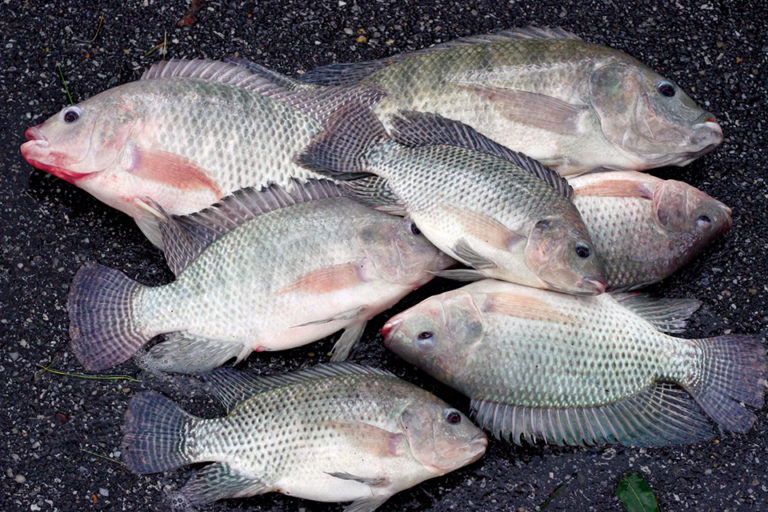
Health & Welfare
A study of Nile tilapia provided feed with varying dietary lipid sources found that fish fed a diet with beef tallow exhibited poorer survival and growth performance than fish fed diets with plant oils, fish oil, or combinations of oils and tallow.
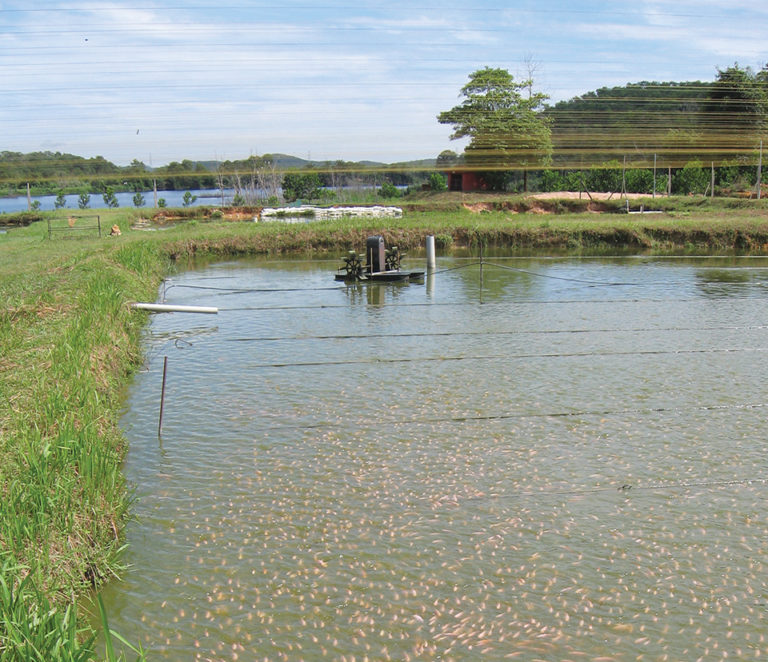
Intelligence
The experiences of tilapia farmers combined with effective quality control programs implemented by government have improved production in Mexico, Colombia, Ecuador, Peru and other Latin American countries.

Health & Welfare
In a study, vaccination of juvenile tilapia by bath immersion followed by two booster vaccinations stimulated specific antibody responses and protection against S. iniae challenge.
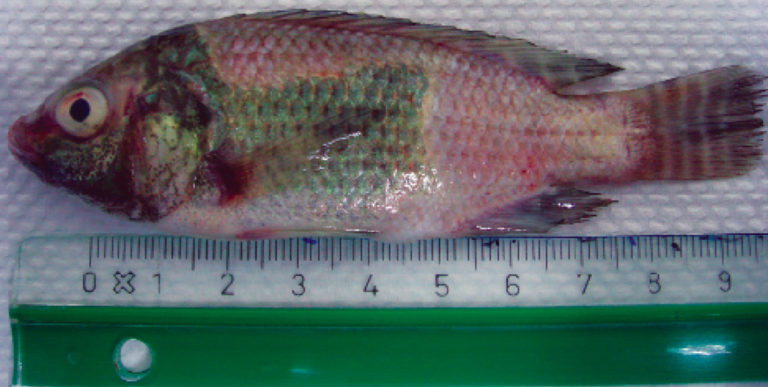
Health & Welfare
Tilapia in culture are affected by bacterial, viral and parasitic pathogens. Disease impacts vary depending on both environmental and biological factors.
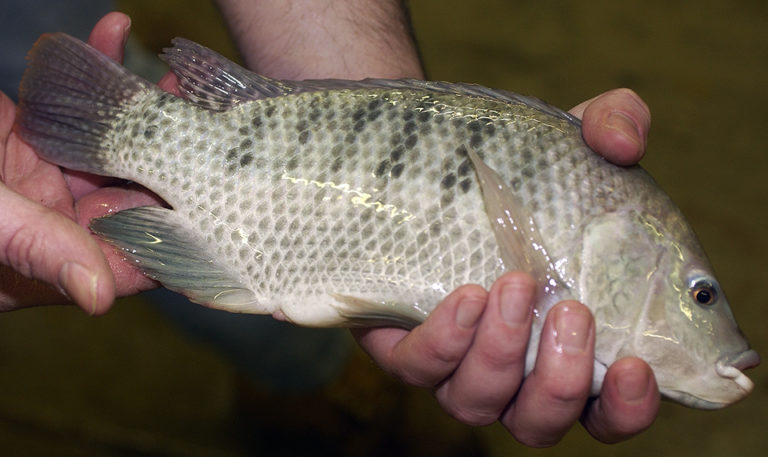
Health & Welfare
Both bacterial pathogens and chemical residues can affect the quality of farmed tilapia products. In production systems, Vibrio bacteria quickly proliferate following disease outbreaks.
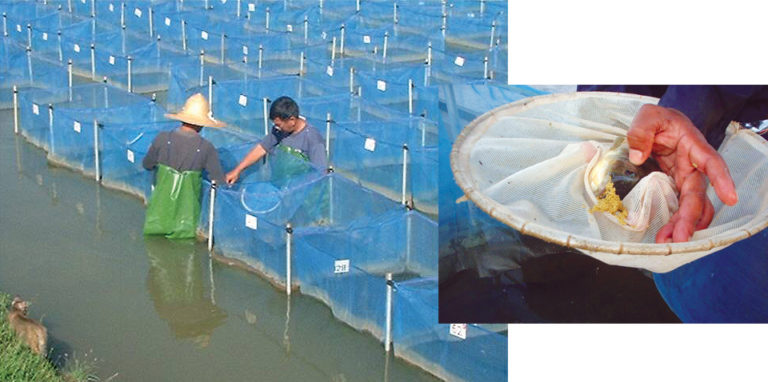
Health & Welfare
Selective breeding across multiple generations of Nile tilapia representing varied geographic populations yielded the “genetically improved farmed tilapia,” or GIFT tilapia, in the late 1990s.
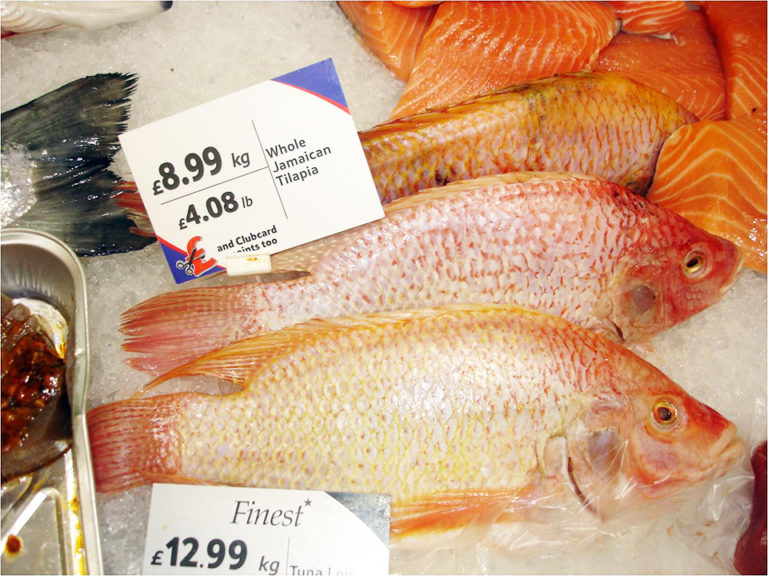
Intelligence
Global tilapia production and consumption growth has mirrored the species' versatility. The fish will remain integral to rural aquaculture development.
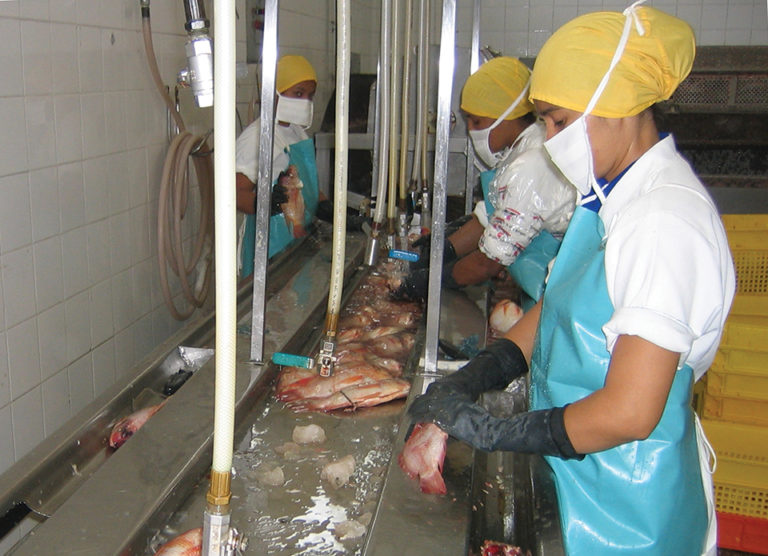
Intelligence
The most important quality issue for tilapia is the presence of off-flavors that derive from cyanobacteria and actinomycetes, which can be addressed by depuration.
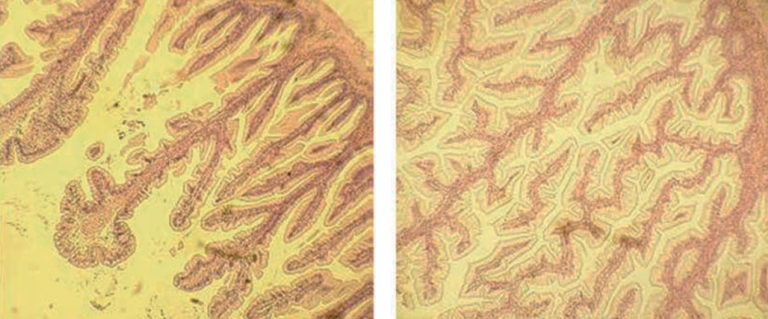
Health & Welfare
Several trials in Ecuador and Thailand showed that nucleotide supplementation in feed can improve growth and survival in shrimp and tilapia production.
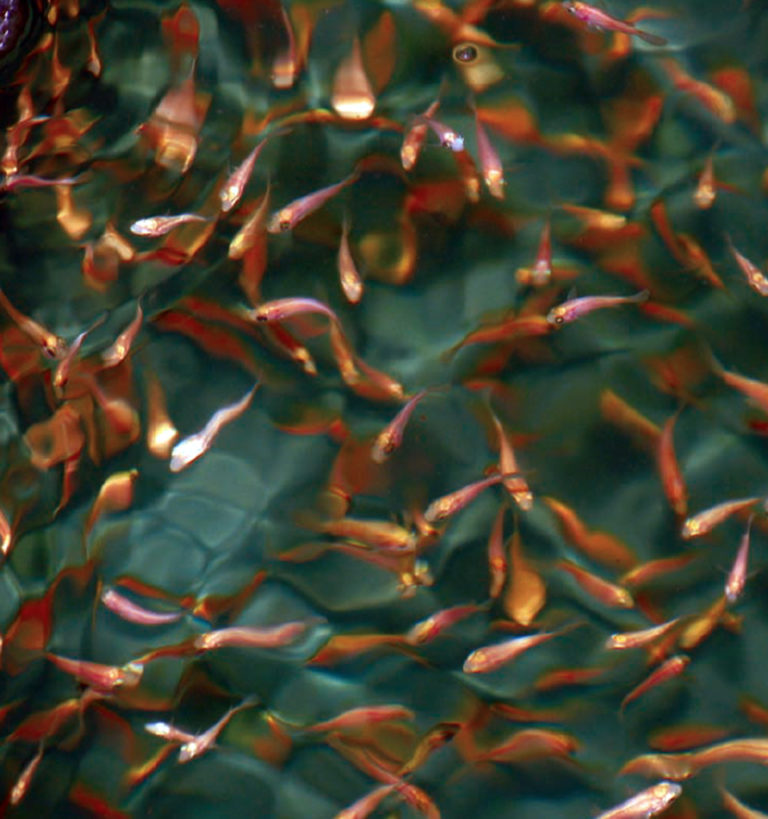
Health & Welfare
Tilapia vaccines can protect the fish against infectious diseases by providing pathogen-specific acquired immunity that prevents recurring infections.
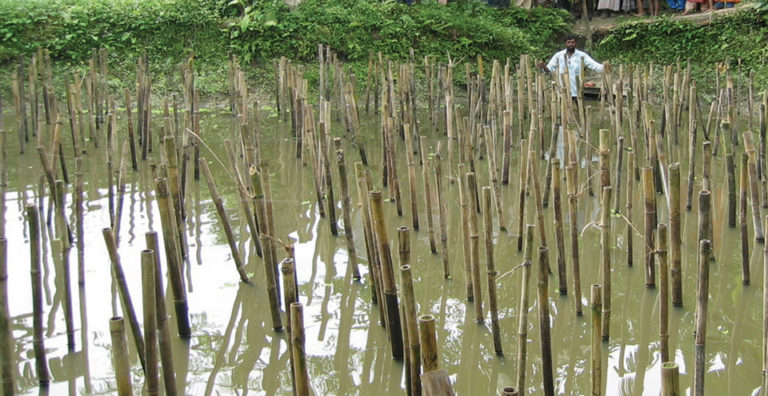
Health & Welfare
In periphyton-based aquaculture, the various invertebrates that colonize the hard substrates provided in ponds supplement artificial feed.